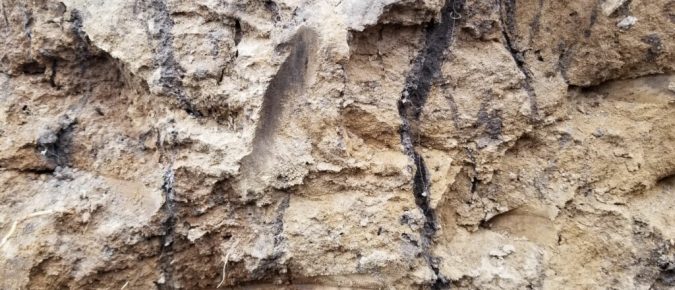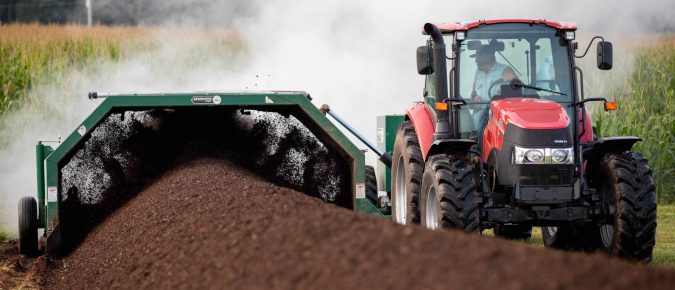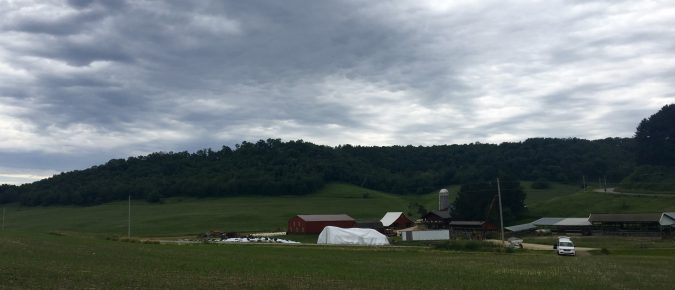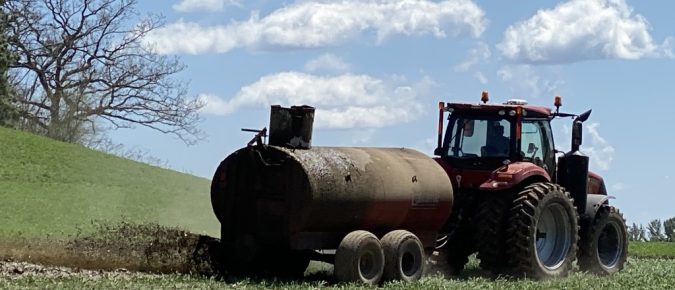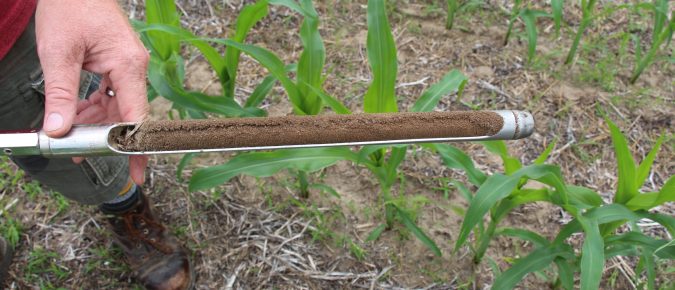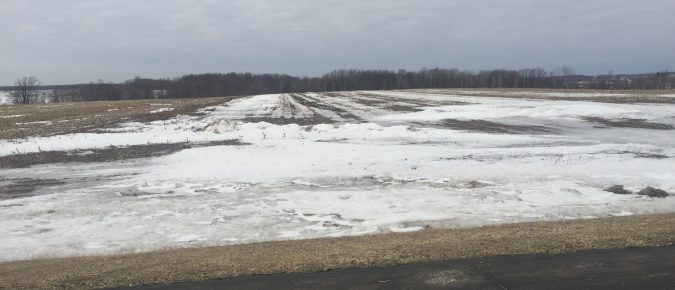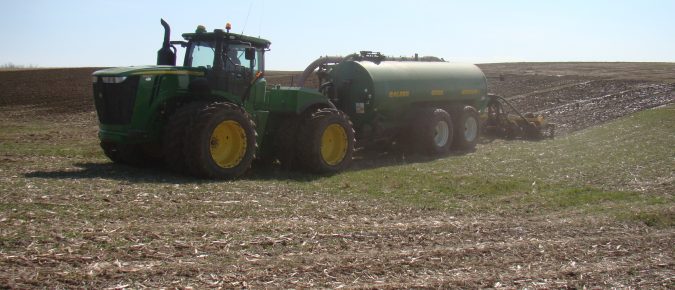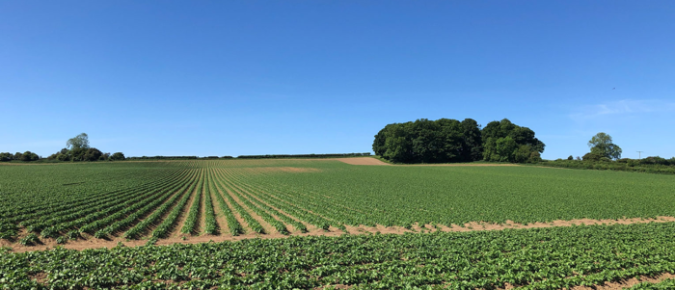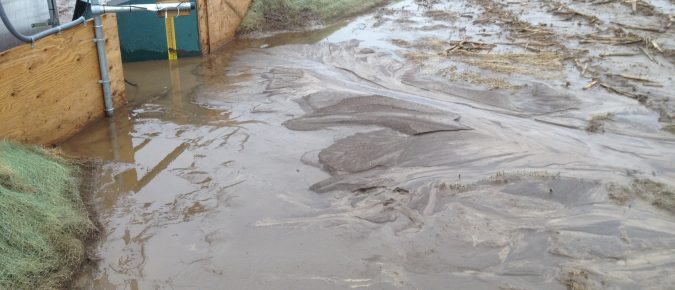Articles
Cover crop selection and management to reduce nitrate leaching risk
Nitrate loads to groundwater have increased statewide, with studies estimating that over 10% of private wells in Wisconsin exceed the health standard of 10 mg/L (Wisconsin Groundwater Council 2022). In areas with over 75% agricultural land use, the percentage of private wells exceeding the standard increases to 20%.
Managing manure to reduce negative water quality impacts: Composting on Wisconsin farms
Farms with livestock have the unique advantage of being able to supply manure, which has many of the nutrients required for crop production, to their fields. However, the application of manure also comes with potential risks to water quality.
▶ Watch: Soil Test Phosphorus: An important risk factor for water quality
Winter Webinar Series 2 of 3 – “Soil test phosphorus: an important risk factor for water quality.” This webinar had two speakers, Chelsea Zegler (an outreach specialist in UW-Extension’s Ag water quality program) and Dr. Jamie Patton (regional specialist with UW-Madison’s Nutrient and Pest Management Program). This webinar went into depth about the phosphorus (P) cycle, analyzing soil test phosphorus and how it is an important tool to use on farms to limit P losses.
▶Watch: Manure and water quality: Why looking at the calendar matters
Presenters Laura Paletta (an outreach specialist in UW-Extension’s Ag water quality program) and Dr. Francisco Arriaga (assistant professor in the Dept. of Soil Science at UW-Madison) go into depth looking at the best and worst times to spread manure, why it’s important for water quality, and offer recommendations to help limit soil and nutrient losses.
Stacking conservation practices for water quality
Amber Radatz, program director for UW-Madison Extension’s Ag water quality program, talks about the positive impacts utilizing multiple best management practices can have on a landscape. It typically takes more than just one conservation practice to make a significant impact. The ultimate goal is to keep soil and nutrients on the field rather than erode […]
The best times to spread manure and why
This short video shares the best times to spread manure throughout the year, why it’s important to consider various field and weather conditions and offers best management practices to install to reduce soil and nutrient losses.
On-farm Nitrogen Use Efficiency can guide nitrogen management for economic and water quality gains
This article was originally published in The Journal of Nutrient Management Discovery Farms’ Nitrogen Use Efficiency Project provides farmers and agronomists opportunities to evaluate their N management to determine the economic and environmental impacts of current practices. With five growing seasons of data collection and 300 fields in our database, we have established benchmarks for […]
Bouncing between frozen and thawed
Over the years, the University of Wisconsin Division of Extension Discovery Farms Program has shared lessons learned from nutrient applications on frozen soil. The main takeaway is that applying nutrients, such as manure, to frozen ground shortly before runoff occurs leads to greater losses.
Phosphorus and water quality in Wisconsin agriculture
Phosphorus is a vital macronutrient for crop production, a major contributor to aquatic degradation, and a finite global resource and thus is important agronomically, environmentally, and economically. Phosphorus loss to water resources happens in every agricultural production system. Fortunately, there are management options that decrease the risk and amount of phosphorus loss to water resources without sacrificing farm profitability.
Communicate more effectively with farmers about adopting practices to protect water quality based on these new social science research strategies
Professionals working with farmers to increase the adoption of water quality practices will benefit from insights provided by new social science research. Placing management recommendations into a social, psychological and economic context can help professionals customize communication to farmers to address their barriers and motivations to adopting practices.
Strategies to grow potatoes and reduce nitrate leaching in Wisconsin
Nitrate leaching occurs more easily in Central Wisconsin because of coarse-textured soils and the types of crops commonly grown in Central Wisconsin which generally receive large amounts of nitrogen. Soil nitrate can easily be lost to groundwater particularly after heavy rainfalls.
On-farm monitoring informs ag land management to keep phosphorus in place
As the quantity and quality of on-farm data increase over time, the understanding of how agriculture impacts water quality has evolved. As research and monitoring technology has progressed, the scientific community is looking at more than runoff and soil loss, but rather, different forms of phosphorus (P). In the past, total P was discussed, but now is broken down into particulate P and dissolved P.

